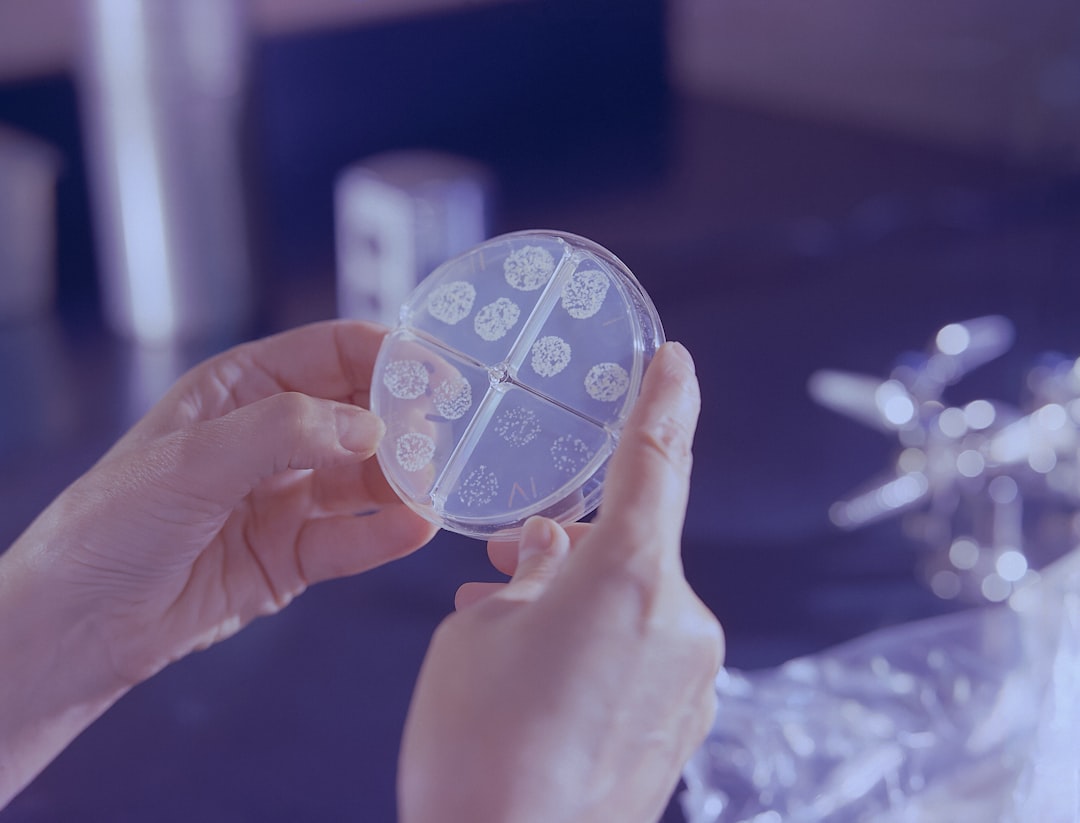What is it about?
Chiral molecules are not super imposable on their image in a mirror, just like our left and right hands. This can have a dramatic effect. An infamous example is the story of Thalidomide, a drug marketed in the 60s to relieve nausea in pregnant women. The problem was that it contained a mixture of the left and right forms of the same molecule. The right-hand form relieved nausea well, but the left-hand form caused severe malformations in infants, and many babies died at birth or lived with serious sequelae. It is therefore often desirable to break chiral symmetry and obtain a pure mixture containing only left- or right-handed molecules. The inspiration can come from nature! In fact, the backbone of our DNA is made up of sugars in their right-hand form only. Similarly, the majority of proteins on Earth are made up of molecules in left-handed form only. It is as if nature had already figured it out, and that is how life came to be as we know it today. These mirror-image molecules, called enantiomers, usually behave the same chemically but can react differently in certain situations. This unique behaviour can influence the mixture to favour one kind of molecule. Also, when these molecules move in a medium that has a specific handedness, they are expected to behave differently, but it's not yet clear how this contributes to one type of molecule becoming more prevalent than the other. We have developed a mathematical framework to help better understand this.
Featured Image

Photo by Pawel Czerwinski on Unsplash
Why is it important?
Our findings show that if these mirror-image molecules diffusive differently, it can lead to one type becoming more common than the other in chemical reactions, potentially even leading to a complete dominance of one type. This finding is important because it suggests a new way that nature could select and increase the amount of one kind of these molecules based on how they diffuse.
Perspectives
Our main conclusion is that we can use the different diffusion rates of the mirror molecules to guide the chirality of the system. Although mathematical models and computer simulations support our idea, we are eagerly awaiting real experiments to confirm it. If our results are backed up by experimental demonstrations, this could pave the way for enantiopure drugs or even elucidate fundamental questions about the origin of life.
Jean Gillet
Universite Libre de Bruxelles
Read the Original
This page is a summary of: Differences in enantiomeric diffusion can lead to selective chiral amplification, Proceedings of the National Academy of Sciences, April 2024, Proceedings of the National Academy of Sciences,
DOI: 10.1073/pnas.2319770121.
You can read the full text:
Contributors
The following have contributed to this page










